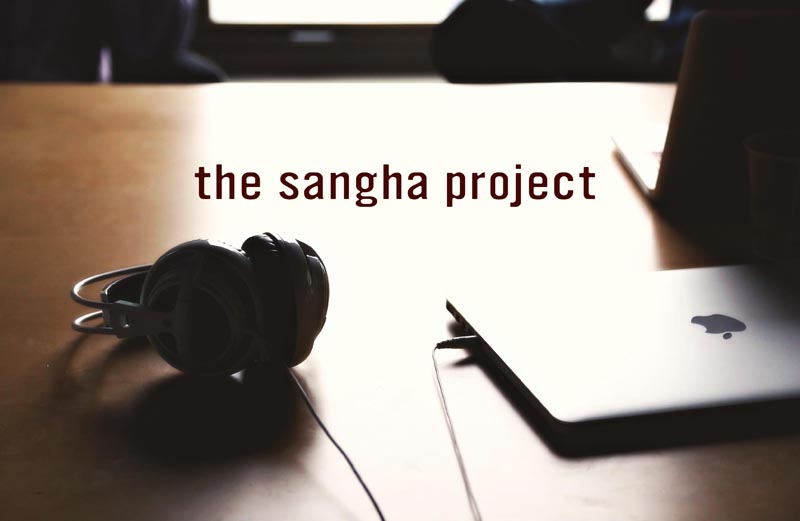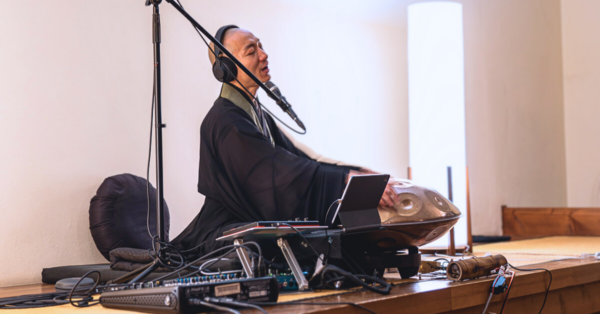The first in a series of monthly updates on the Sangha Project, from Robert Thomas
Can we use technology to wake up and experience liberation? Zen has a long tradition of using disruptive practices to wake up. Just sitting, or zazen—the core of Zen practice—is an exceedingly simple and deeply transformational practice that asks us to sit still and think not-thinking. What could be more disruptive? In the Sangha Project, we are exploring how cutting-edge technology might be used to cut through the conditioned habits and values that perpetuate suffering. These explorations and discoveries are the focus of this new monthly feature.
 It is easy to recognize how recent technology has reshaped our lives. Many people are expected to be available at almost any time for work-related emails, texts and calls. In response, we find ourselves more attentive to the devices in our hands or pockets, and less aware of what else is happening all around us. What if those very same devices could also help us to develop compassion and presence?
It is easy to recognize how recent technology has reshaped our lives. Many people are expected to be available at almost any time for work-related emails, texts and calls. In response, we find ourselves more attentive to the devices in our hands or pockets, and less aware of what else is happening all around us. What if those very same devices could also help us to develop compassion and presence?
Back in January, we began an experiment to investigate how technology could be used to create an online zendo, which was the top-ranked feature in last fall’s Collaborative Design Workshops. Would technology enable us to offer practitioners an experience of sitting zazen with others? We began working with a small group of people who sat together each morning using existing video applications. This gave us a chance to test the experience of online sitting and consider what we want to include in the design of our own application.
I was pleasantly surprised by the degree of intimacy that arose between the members of our “experimental” group. Over the space of a week or less, participants began to sense the group’s embodied presence and the support the group provided to each person. We also learned that:
- Ambient soundscape is important to consider. Some participants found the background noise disturbing.
- Some people use laptops, and others use smart phones to connect to the online zendo.
- Some of us place our devices facing ourselves (face-to-face or profile). Others prefer to position their devices facing their altars.
- Ease of access is important. One of the existing apps was much easier to use and did not restrict the length of time a person was connected to the online zendo. This flexibility allowed participants to log on early (if desired) without getting cut off before the end of the formal meditation period.
- We’re uncertain whether the online zendo needs video and audio to be effective. We’ll probably have to test this.
 Ultimately, we learned that the very same technology that trains us to be less present can also be used to encourage genuine compassionate presence. Do you have an experience of being supported by technology to practice? If not, can you imagine how you would like technology to support practice? Send any thoughts you might have to me at sanghaproject@sfzc.org.
Ultimately, we learned that the very same technology that trains us to be less present can also be used to encourage genuine compassionate presence. Do you have an experience of being supported by technology to practice? If not, can you imagine how you would like technology to support practice? Send any thoughts you might have to me at sanghaproject@sfzc.org.











